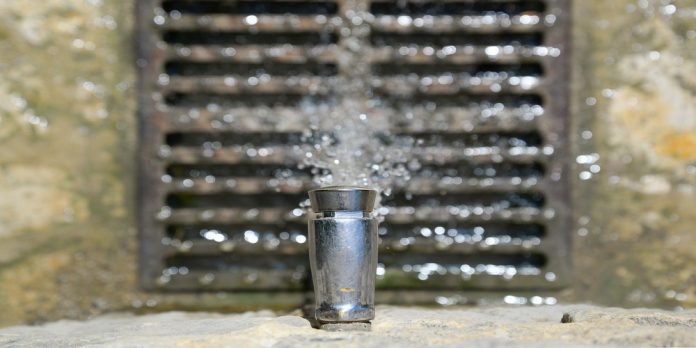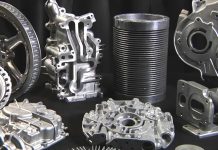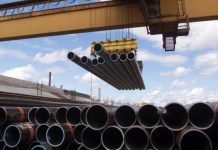Do you work with high-end machines that require top-notch performance? If so, you know thermal performance is crucial for keeping your machines running efficiently. Overheating can cause damage to your machines, and you want to avoid dealing with costly repairs or downtime.
But how can you achieve this? The answer is liquid cooling. This advanced method uses a liquid coolant to efficiently transfer heat away from your machine’s vital components, keeping them cool even under intense workloads.
In this article, we’ll dive into the world of liquid cooling, how it works, its benefits, and the different types of systems and components available.
How Does Liquid Cooling Work?
At the heart of the system is a liquid coolant, which absorbs the heat generated by your machine’s components. The heated liquid is then moved away from the components into a liquid cooling plate or heat sink.
This plate contains channels through which the liquid flows, and it dissipates the heat through a combination of conduction and convection. As the liquid cools down, it’s pumped back to the components to repeat the process, ensuring your machine runs smoothly without any issues.
With its innovative use of a coolant, liquid cooling is an efficient and effective way to optimize your machine’s thermal performance.
What Are the Factors Affecting Thermal Performance?
Factors affecting thermal performance can be complex, but understanding them is essential for maximizing the efficiency and longevity of your machine. Among them are:
Thermal Conductivity
Thermal conductivity is the ability of a material to conduct heat, and it plays a crucial role in determining how quickly heat can be dissipated.
Heat Load and Temperature
Heat load and temperature refer to the amount of heat generated and the operating temperature of your machine.
Surface Area and Contact Resistance
Surface area and contact resistance determine how effectively heat can be transferred from the source to the cooling system.
Thermal Resistance
Lastly, thermal resistance measures how difficult it is to transfer heat, and it can be affected by factors like material properties and system design.
Liquid cooling systems are designed to address these factors by utilizing materials with high thermal conductivity, maximizing surface area and minimizing contact resistance, and reducing thermal resistance through optimized system design.
And when combined with a liquid cold plate from a trusted provider like Kingka, liquid cooling systems can improve your machine’s overall thermal performance.
What Are the Types of Liquid Cooling Systems
Different types of liquid cooling systems are available on the market, each with advantages and disadvantages. Examples include:
- Open Loop Systems – This uses a pump to circulate coolant through the system and release the heated coolant into the atmosphere.
- Closed Loop Systems – This is similar to open loop systems, but instead of releasing the heated coolant, it is cooled down and circulated back into the system.
- Active Systems – These rely on a power source to move the coolant through the system, while passive systems rely on natural heat convection.
- Single-phase Cooling Systems – These use a liquid coolant, while two-phase cooling systems use a liquid-vapor mixture to achieve better cooling performance.
Conclusion
In summary, liquid cooling systems offer a reliable and efficient solution for thermal management in a range of industries.
The benefits of liquid cooling are undeniable, from data centers and servers to medical equipment and industrial machinery. By incorporating high-quality liquid cooling systems, businesses can improve the longevity and reliability of their machines.












